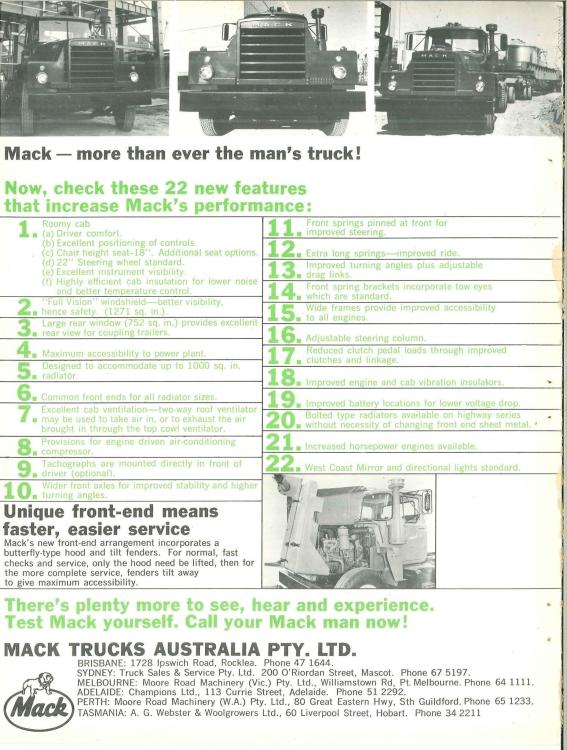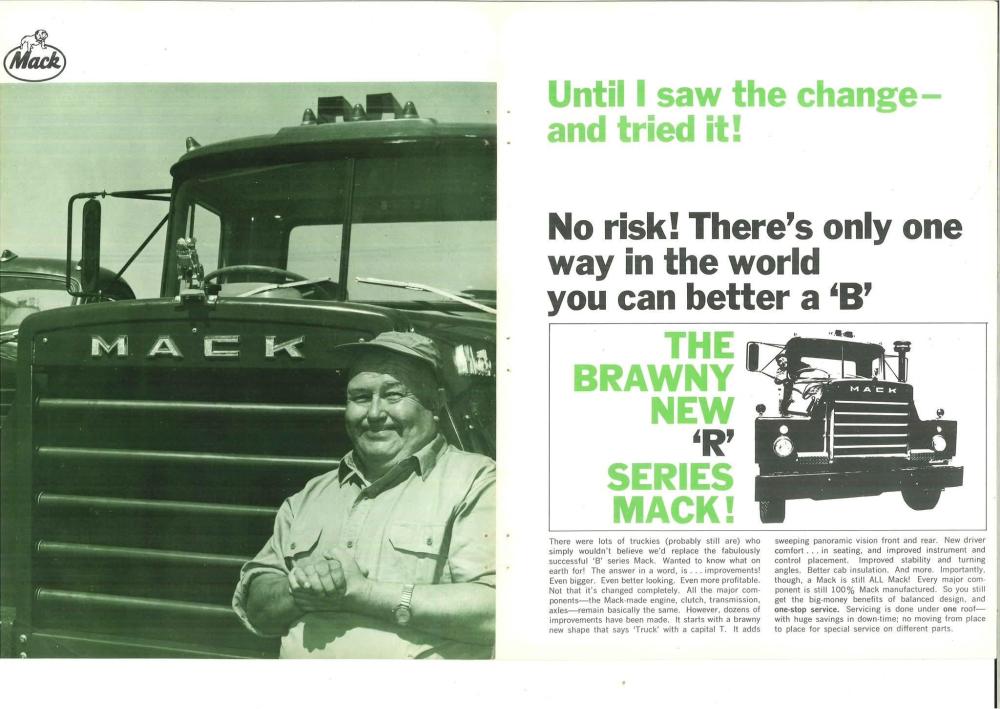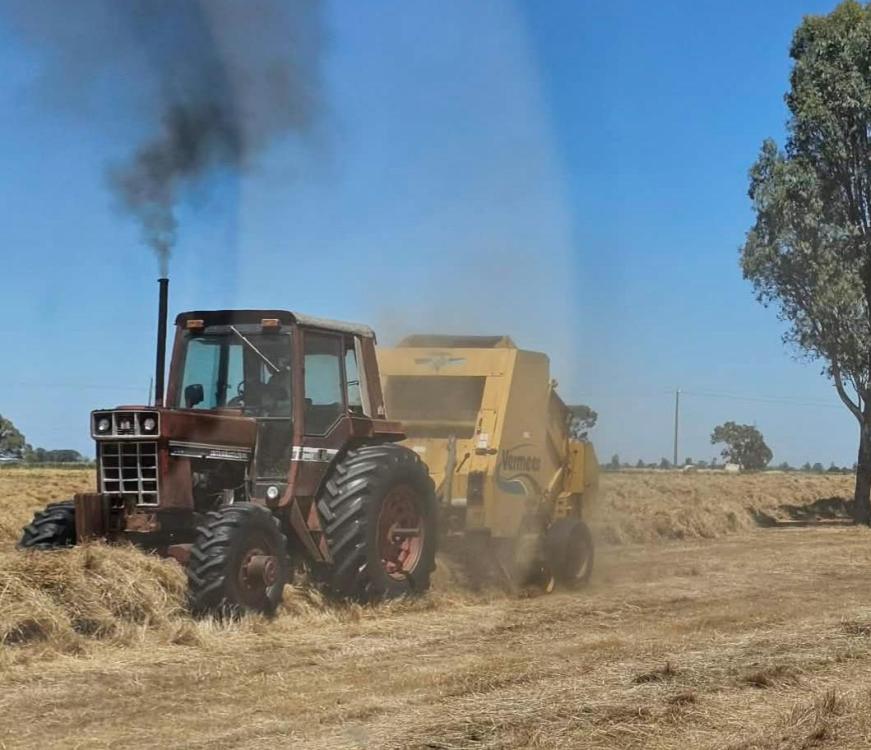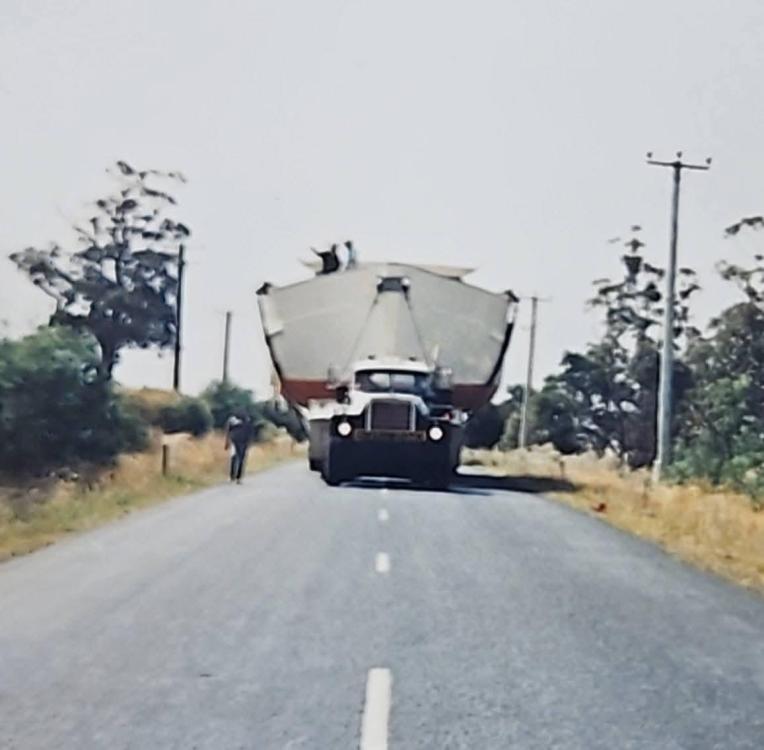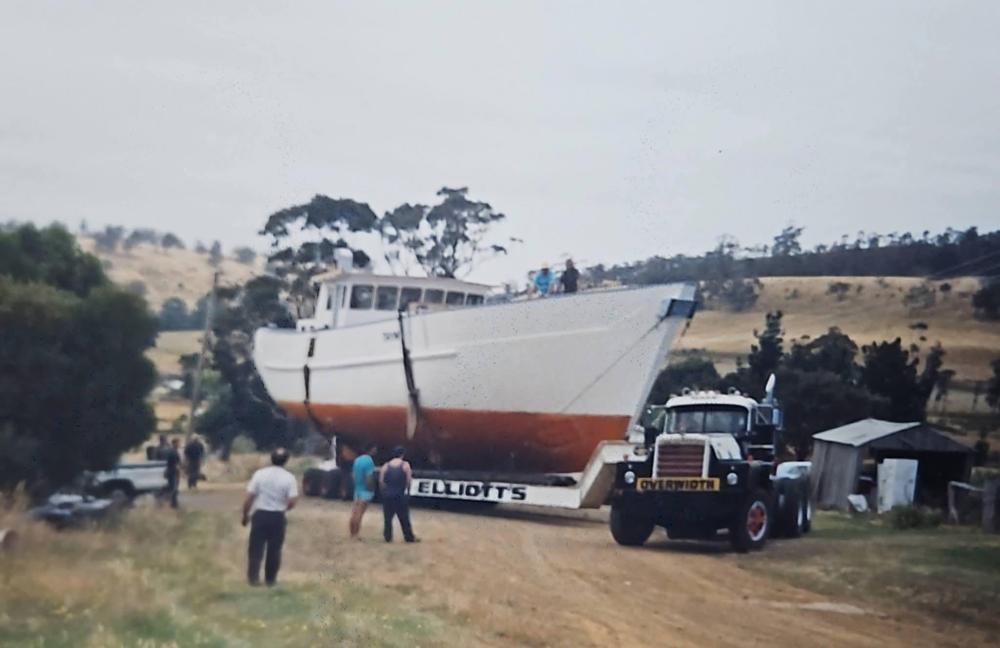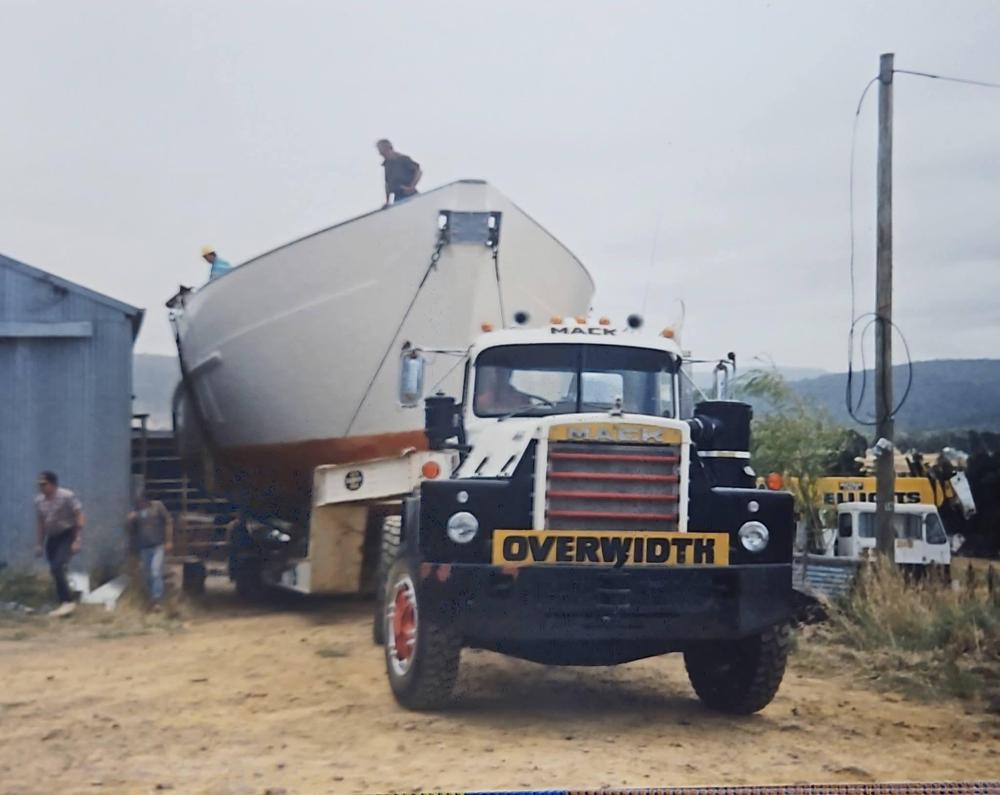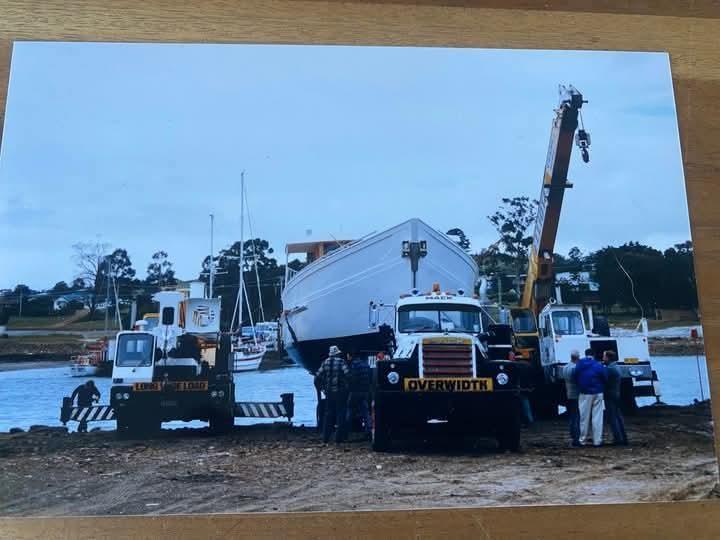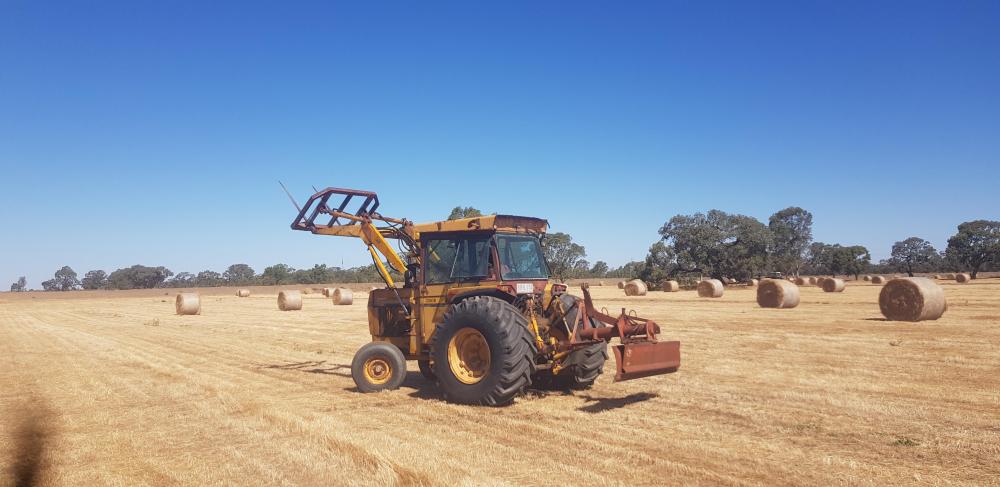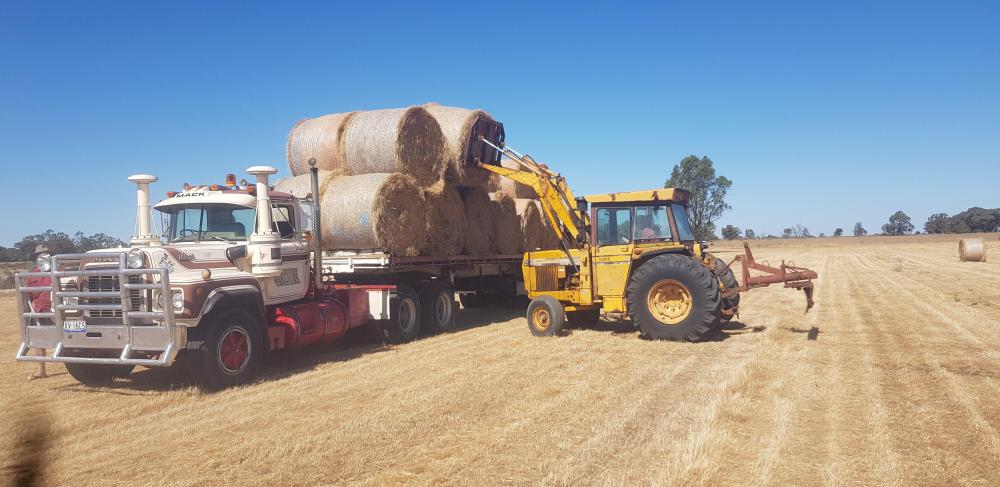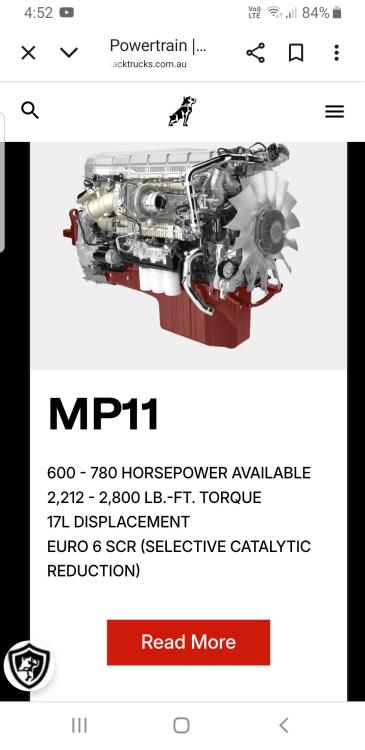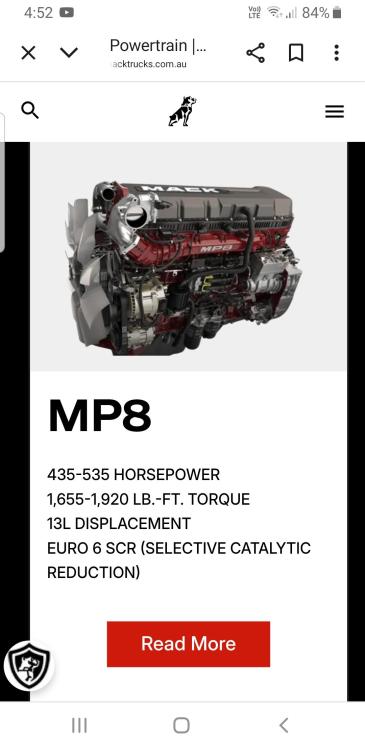-
Posts
6,773 -
Joined
-
Last visited
-
Days Won
85
Content Type
Profiles
Forums
Gallery
Events
Blogs
BMT Wiki
Collections
Store
Everything posted by mrsmackpaul
-

Superliner RW700 Steering axle
mrsmackpaul replied to 1961H67's topic in Antique and Classic Mack Trucks General Discussion
Pooch for every occasion there Paul -
The king pins can take some pushing to get out, I normally pull the axle and put them in a press, still need some heat even then Amazing thing is, once they are loose the seem to just slip in and out really easy Paul
- 1 reply
-
- 1
-

-
Hey Mack fans, The countdown is on, with 81 days until one of the best weekends of the year!!! Don’t forget to lock the 21st and 22nd of March 2026 into your calendars, to get your Macks to Kyabram!! 📅 We hope that everyone had a very Merry Christmas, and here’s looking forward to what 2026 brings! 🎄✨ Sad to Glad!! 🐶🚛: The news of the legendary B Model being replaced came as quite a shock to many passionate Mack owners. Why change such a tough, reliable Bulldog? was the loud cry back in 1966. Mack Trucks Australia certainly heard that feedback and responded with ads and brochures explaining the move to the R Series, reassuring owners that there were BIG improvements to be had — 22 of them, in fact. Best of all, the traditional and trusted Mack components remained: the Mack 711 engine, Quad box transmission, and those famously tough axles and suspensions. Truly the best of both worlds. The brawny new shape of the R Series, according to Mack, said “Truck” with a capital T. With the R Series, Mack claimed it was more than ever the MAN’s TRUCK — bold words indeed! History proved that chest-beating was well founded, with the R Series going on to become the most popular model ever produced by the Bulldog breed. 💪🐶 Paul
-

R model cowl vent
mrsmackpaul replied to BulldogMack's topic in Antique and Classic Mack Trucks General Discussion
It could be bound up with paint maybe ? -

Juggernaut Kiwi Cruiseliner
mrsmackpaul replied to mrsmackpaul's topic in Antique and Classic Mack Trucks General Discussion
I'm thinking high beam, low beam and parking light in the lower light and the upper is high beam only Paul -

R model cowl vent
mrsmackpaul replied to BulldogMack's topic in Antique and Classic Mack Trucks General Discussion
I'm thinking a squirt of normal engine oil would help a lot as the seal is probably dry as chips Paul -
I have noticed in Australia when RoadRangers/Eaton are installed in Macks aftermarket, a rear transmission mount is also used, these range from a propper engine mount rubbber deal to a section of leaf spring out of a car or pickup as you blokes call them These might be only 2 or three leaves, I wonder are they really needed or not ? Paul
-

Juggernaut Kiwi Cruiseliner
mrsmackpaul replied to mrsmackpaul's topic in Antique and Classic Mack Trucks General Discussion
These were modified for Australia like this, I think the head lights were to high on the U.S. cabs and this was the answer So All Kiwi and Australian Cruiseliners have 4 head lights like this Paul -
Well I have no good answers as to we're that starts or finishes I have would expect that is a pressure regulator valve and from memory,the only ones I recall seeing are on the transmission for the range change I wonder if it is a built in safety feature that won't allow the brakes to release unless you have enough air for the transmission?? But I have no idea at all Paul
-
-
Well I have comr with a plan As a kid my grandfather told me that when he was painting the house and the paint was looking like it wasn't going to be quite enough, he was going to "paint quicker to beat the paint running out" So I guess I need to drink quicker to beat the bourbon running out Paul
-

Superliner RW700 Steering axle
mrsmackpaul replied to 1961H67's topic in Antique and Classic Mack Trucks General Discussion
As everyone else has already said, Merry Christmas everyone and Dean, thanks for taking us along for the ride Paul -

Aussie R 800
mrsmackpaul replied to mrsmackpaul's topic in Antique and Classic Mack Trucks General Discussion
-
Hay is now made for the year and now the carting in the hay beggins My boy and his lady friend are down for Christmas and they wanted to cart the hay in, so fired up the Mack and put a flat top trailer on, gave Tess, my sons lady friend some driving instructions for the front end loader and set them free Paul
-
Hope everyone had a wonderful time Christmas is over in Australia, it's 5.30 am boxing day and I'm knackered (left and right) Back into making hay for today Had Christmas with my mum and brother and hia family, my boy and his lovely lady Tess were down from north Queensland and a good day was had by all Stay safe and have a great 2026 Paul
-

E7 350hp to 500hp that will live
mrsmackpaul replied to mackdaddytruckfixer's topic in Engine and Transmission
Without doing some research I would suggest that Volvo is one of the bigger sellers in Australia But it really depends on what part of Australia, if you live in QLD Mack in rural linehaul type operations would out sell Volvo, get into the more southern areas of Australia and the fleets are more Volvo than Mack There is no Volvo conventional cab trucks anymore that I have seen for decades in Australia, anything with a bonnet (hood) is a Mack Still a long wait for Mack and Kenworth trucks in Australia as far as I know, six months or more, maybe up to 8 months I'm sure someone will have the figures of Australian truck sales Paul -

E7 350hp to 500hp that will live
mrsmackpaul replied to mackdaddytruckfixer's topic in Engine and Transmission
You should Google the motor and truck and search for reviews etc Quite an amazing powerhouse Paul -
Have a great day Paul
-

E7 350hp to 500hp that will live
mrsmackpaul replied to mackdaddytruckfixer's topic in Engine and Transmission
From Mack Australia website, these are powerhouses of motors and from what I don't hear these must be good motors, I have heard zero bad reports and look at that torque and horsepower Paul -
Well it's as good as meal 2026 is already not looking flash if this is real ha ha Paul Bourbon maker Jim Beam halts production at main distillery for a year Image source,Getty Images Article Information Author,Osmond Chia Role,Business reporter 22 December 2025, 03:05 GMT The maker of Jim Beam bourbon whiskey says it will halt production at its main site in Kentucky for all of next year. The distillery will stay closed while the firm takes "the opportunity to invest in site enhancements," it told the BBC in a statement on Sunday. "We are always assessing production levels to best meet consumer demand and recently met with our team to discuss our volumes for 2026." Distillers in Kentucky - famous for its bourbon - face uncertainty, in part, due to US President Donald Trump's trade policies. The brand is owned by Japanese drinks giant Suntory Global Spirits, which employs more than 1,000 people across its sites in Kentucky. The firm said its other operations in the state, including a separate distillery and its bottling and warehousing plants, would continue to run next year. The visitor centre in Kentucky also remains open. Jim Beam also said it was assessing how it would use its workforce during the production pause, and was holding talks with the workers' union. In October, the Kentucky Distillers' Association (KDA) trade body said the amount of bourbon in warehouses across the state was at a record high of more than 16 million barrels. According to the association, the barrels of bourbon, which are taxed by the state, have cost distillers "a crushing" $75m (£56m) this year. US distillers have faced retaliatory import taxes on their goods after Trump's so-called "Liberation Day" announcement in April saw the US imposing tariffs on most countries around the world. "Much of the expansion over the last decade has been geared towards global growth," the KDA said in October as it called for a "for a speedy return to reciprocal, tariff-free trade". Trade tensions between the US and Canada have also affected sales of alcohol, with most Canadian provinces boycotting American spirits earlier in the year.
-
Fried Spam with a can of baked beans, reduce the beans in the frying pan to just a sticky lump Serve the whole shooting match on a a couple of slices of toast How about "Hash Magandy" not sure on the spelling Paul
-

E7 350hp to 500hp that will live
mrsmackpaul replied to mackdaddytruckfixer's topic in Engine and Transmission
E9 kits are still advertised in Australia so I'm guessing with a little research they should be doable in the state's Paul -

E7 350hp to 500hp that will live
mrsmackpaul replied to mackdaddytruckfixer's topic in Engine and Transmission
Dunno if your gunna find a "clear path" to 500 hp that you don't have to watch the pyro I was taught that I need to watch the pyro on a standard motor when really pulling hard, so on a motor that is adjusted right up for big hp and torque I think it will always be part of driving it if you want it to last A lot will depend on the weight your shifting If it is only the 80,000 pounds that are common in the U.S. then watching the pyro probably isn't as critical as if your pulling 200,000 lbs plus on road trains in Australia or heavy haulage Most people will say, don't fiddle with what you don't understand as this can ruin a motor pretty quick Also the Maxitorque box can handle huge amounts of torque but they have their limits as well Here is a link that might be helpful Remember you can't Have your cake and eat it Huge amounts of torque and hp will come at the cost of reliability, it's a balancing act Enjoy the ride Paul -
Wow, crazy prices over there I guess thats why there is Spam Paul
BigMackTrucks.com
BigMackTrucks.com is a support forum for antique, classic and modern Mack Trucks! The forum is owned and maintained by Watt's Truck Center, Inc. an independent, full service Mack dealer. The forums are not affiliated with Mack Trucks, Inc.
Our Vendors and Advertisers
Thank you for your support!




